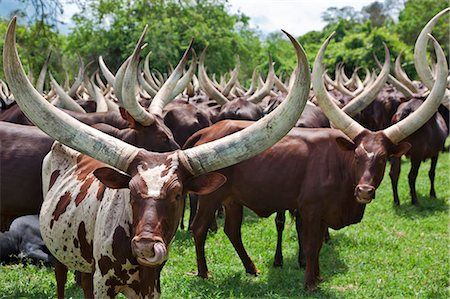An innovative strategy in Ethiopia is showing promising results in the fight against mammalian tuberculosis (mTB), a disease that continues to threaten livestock and livelihoods across the country. The approach, known as Test and Segregate (T&Sg), offers a practical alternative to the traditional Test and Cull (T&C) method—particularly in low- and middle-income countries where economic and cultural barriers hinder widespread adoption of culling.
The mTB Challenge in Ethiopia
Mammalian tuberculosis is a chronic, contagious bacterial disease affecting cattle and other domesticated animals. In Ethiopia, it remains a serious concern, impacting an estimated 3.8 million cattle across more than half of the country’s farms. With zoonotic tuberculosis prevalence estimated at 2.4%, the human-animal health burden is high.
Ethiopia, home to Africa’s largest livestock population, relies heavily on agriculture, with nearly 30% of GDP and 75% of employment tied to the sector. As such, the spread of animal diseases like mTB poses major risks to food security, public health, and economic growth.
Rethinking mTB Control: Beyond Culling
In wealthier countries, the Test and Cull method—testing herds and removing infected animals—has proven effective. But for Ethiopia, this approach is often economically unviable and culturally sensitive. Farmers lack compensation for culled animals, and infrastructure is limited.
In response, the World Organisation for Animal Health (WOAH) published new 2024 guidelines that endorse Test and Segregate (T&Sg) as a viable alternative. Instead of culling infected cattle, T&Sg isolates them from the rest of the herd, minimizing transmission while preserving animals that still hold economic value.
A Groundbreaking Pilot Study
Dr. Matios Lakew, a veterinarian and researcher at Ethiopia’s Animal Health Institute in Sebeta, led a pilot project on four dairy farms to test the effectiveness of both T&C and T&Sg.
“Ethiopia has a vast livestock resource, and there’s a national plan to use it for development and food security,” says Lakew. “But as we import more Holstein-Friesians for their high milk yield, the risk of mTB also increases.”
After 18 months, the T&C method reduced mTB prevalence from 11.3% to 0%, while T&Sg dropped it from 22.2% to 0% in just one year. Importantly, T&Sg was far more cost-effective, with total expenses around $13,000—a third of the $38,000 needed for T&C.
“For Ethiopia, T&C just isn’t practical. It’s expensive, and farmers lose valuable, productive animals without compensation,” explains Lakew.
In one striking case, a farm with 100% mTB-positive cattle produced a new generation of calves that tested 76% negative, effectively regenerating a clean herd from within a segregated one.
Key Lessons for Implementing T&Sg
Lakew offers practical insights for other countries considering T&Sg:
-
Infrastructure is critical: Farms need separate barns, water and feed sources, and dedicated attendants to prevent cross-contamination.
-
Biosecurity must be robust: Facilities should pasteurize milk or use colostrum replacements to reduce transmission risk to calves.
-
Reliable diagnostics are essential: Accurate testing aligned with WOAH guidelines—including repeated tuberculin skin tests for both animals and handlers—is a must.
-
Start small: Lakew recommends beginning with a pilot study to refine procedures before expanding nationwide.
What’s Next?
With the pilot a success, Lakew and his team now aim to scale up the T&Sg model across Ethiopia, with potential integration of vaccination strategies. Studies in the U.S., Canada, India, and Ethiopia are already exploring vaccination as a complement to T&Sg—potentially enhancing disease control even further.
“We’re working to assess where and when vaccination might have a synergistic effect,” Lakew concludes. “Our goal is sustainable control of mTB—without sacrificing the economic backbone of our rural communities.”



